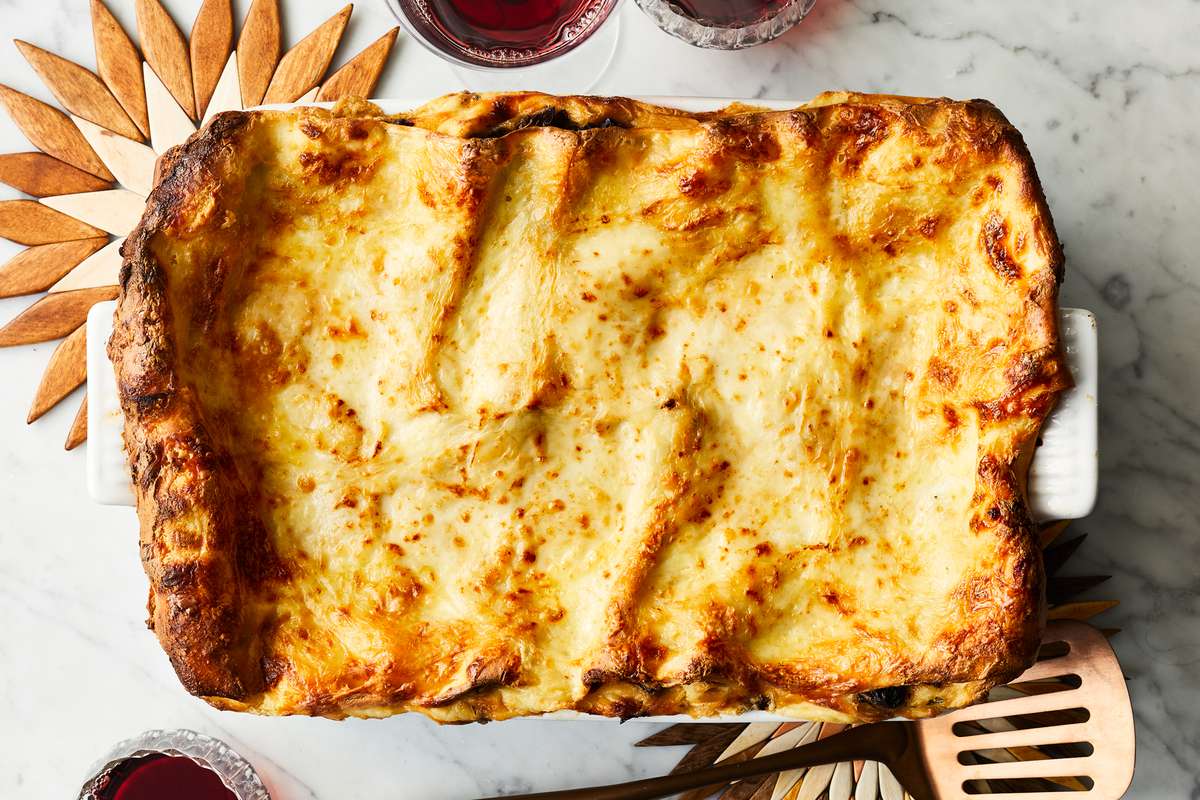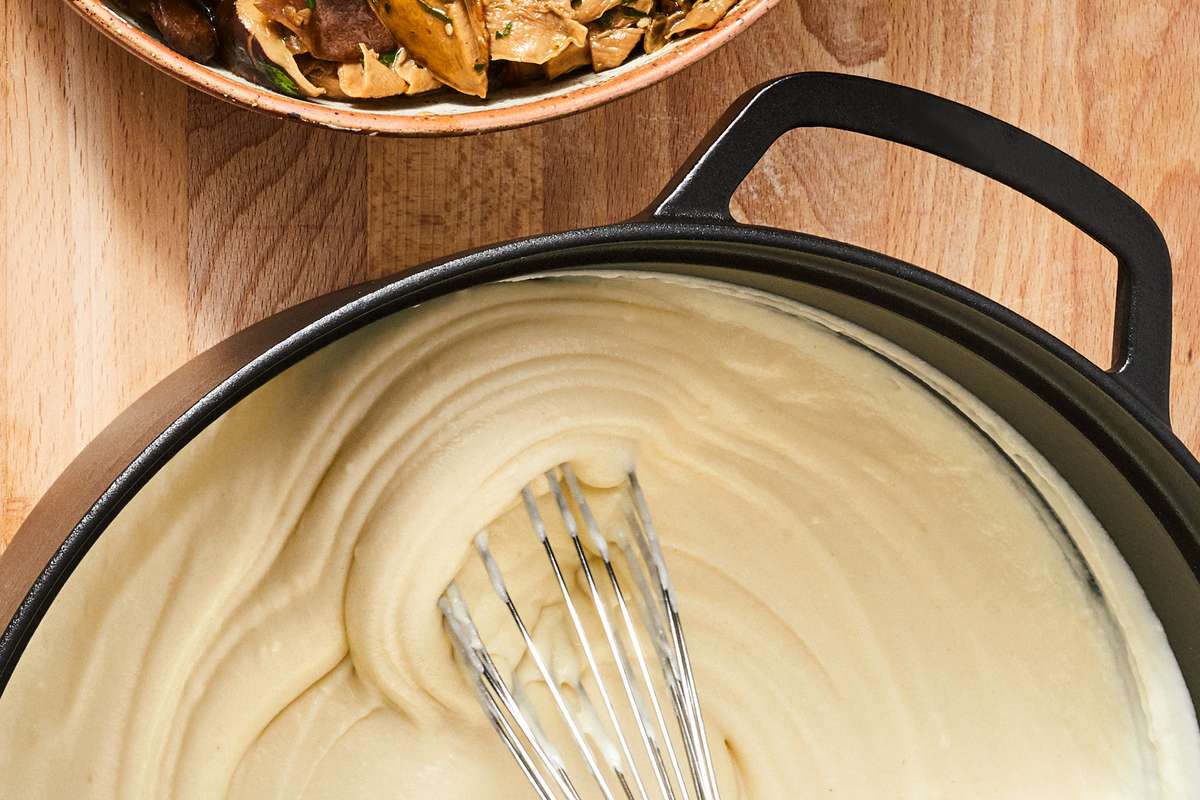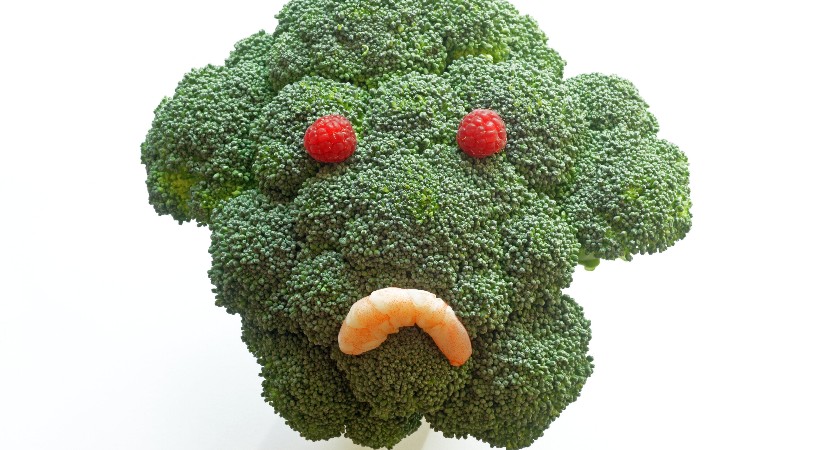One of the five French "mother sauces," béchamel is a rich, creamy component of dishes like lasagna, croque monsieur, moussaka, and savory cheese soufflés. All the best foods, really.
Made with three ingredients—a roux of equal parts flour and fat (usually butter), whisked with milk—the smooth white sauce has myriad uses on its own, or as a building block to make other sauces. Adding grated cheese makes a mornay sauce, for example, which in turn makes for a mean mac and cheese.
"Béchamel is a magical thing because it's so easy to remember the recipe, so easy to make, and you can use it to make so many different things," says Tyler Akin, chef and partner at modern French brasserie Le Cavalier in Wilmington, Delaware. "There's a reason it's one of the French 'mother sauces'—the possibilities are endless."
Stefano Secchi of Michelin-starred Rezdôra in New York City uses béchamel (or besciamella, in Italian) to make rosette di Modenese at home with his family. The dish, which hails from Italy's Emilia-Romagna region, traditionally calls for the smooth sauce layered with prosciutto cotto and Emmental cheese, rolled into a lasagna noodle, and baked. "My three year old loves it," says the chef.

Lasagna with Mushroom Ragu and Prosciutto Cotto
Photo by Victor Protasio / Food Styling by Margaret Dickey / Prop Styling by Christine Keely
Recipe: Lasagna with Mushroom Ragù and Prosciutto Cotto
While it's true that the recipe is easy to remember, and chances are the three basic ingredients you need are already in your kitchen, there are a few simple ways to boost your béchamel. Below, chefs share their best tips for perfecting the mother sauce.
Ground nutmeg into browning butter
Secchi always browns the butter first, before grating nutmeg directly into the brown butter. "You toast the nutmeg even more," he says of the spice that will add some warmth and complexity to the sauce. "You want to talk about bringing béchamel to a higher level—even more rich and decadent—brown the butter, toast the nutmeg inside the brown butter, and you're gonna blow people away."
Add mustard
"Spiking your béchamel with a little dijon mustard is a great way to introduce a subtle acid bite to your final dish," says Akin. "A little acid makes almost everything better, especially because béchamel-based recipes tend to be pretty rich." If you're a fan of the nasal spice of wasabi and horseradish and want a bit of a stronger kick, Akin suggests using Coleman's mustard instead.
Use a griddle
Because it can burn more quickly than other sauces, Secchi never makes béchamel over direct heat. Instead, he uses a flat top. "If you have a griddle at home that you use to make pancakes, use that on a low heat as your flat top," says the chef. The low, even heat ensures you have a bit more time to perfect your béchamel before it burns.

Onion Bechamel
Photo by Justin Walker / Food Styling by Ali Ramee / Prop Styling by Christina Daley
Recipe: Onion Béchamel
Try it with ghee
Chef Kevin Tien of Moon Rabbit in Washington, DC. likes to make his béchamel with ghee. "It keeps the sauce from browning because of the milk solids in the butter," he explains. "I can now add more aromatics in the sauce in the beginning, like shallots or onions."
Add herbs
Akin also suggests adding aromatics to béchamel, which can add layers of subtle flavor. "Because scalding the milk is part of the process, it's naturally welcoming to aromatics—herbs like thyme or bay leaf and spices like peppercorns are most common, but you can go so many different ways. Coriander is a great one."
Use cold milk
You have to use high fat milk, which has high butterfat, says Secchi, and to avoid lumps, the milk should be ice cold. "I always add about half a cup at a time while whisking, and another half of a cup," he says, "I go in three or four stages until I get just a little bit past the paste, and then I add a little bit more."
Add color
"Does your five year old like bright orange food?" says Akin. "Try steeping annatto seeds in the milk before you add it to the roux." The tiny seeds from the achiote tree are used to impart a vibrant orange-red color in some foods, and can make mac and cheese a bit more appealing to your adventurous eaters.
This article was written by Regan Stephens from Food & Wine and was legally licensed through the Industry Dive Content Marketplace. Please direct all licensing questions to legal@industrydive.com.






